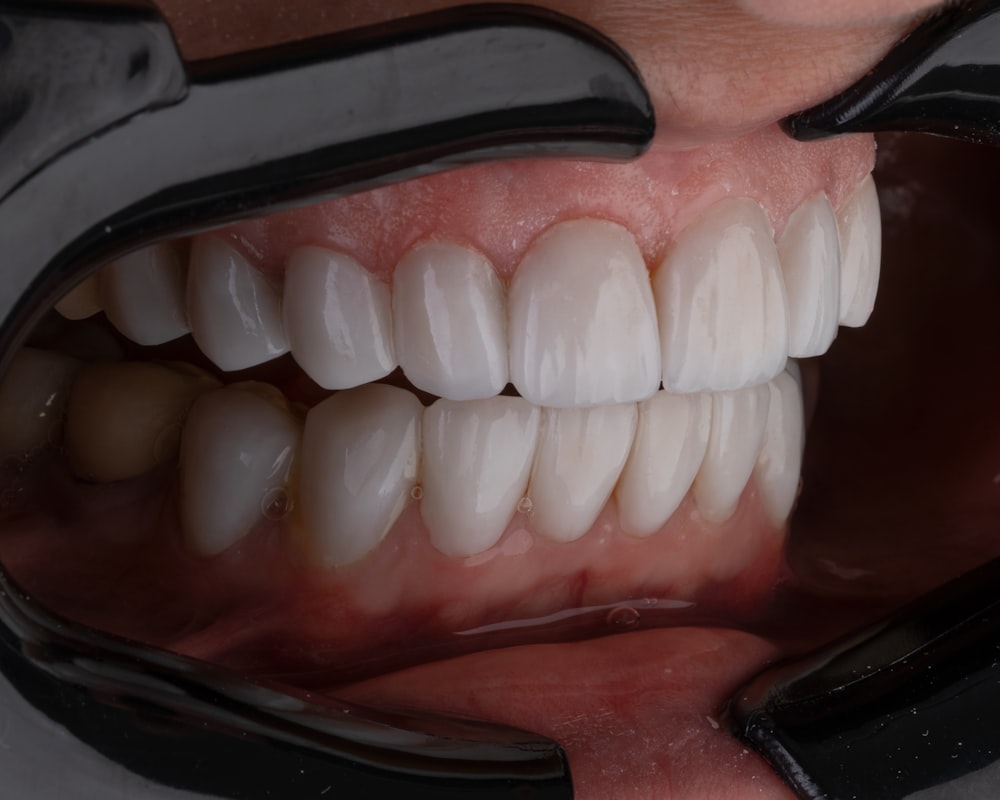healing process
Navigating Recovery Tooth Extraction Care Instructions
Navigating Tooth Extraction Aftercare: Essential Tips for a Smooth Recovery
Understanding Tooth Extraction: A Brief Overview
Tooth extraction is a common dental procedure performed for various reasons, including severe decay, infection, or crowding. While the procedure itself may be relatively quick and straightforward, proper aftercare is essential for promoting healing and preventing complications. Let’s explore some essential tips for navigating tooth extraction aftercare to ensure a smooth recovery process.
Immediate Post-Extraction Care: What to Expect
Following the tooth extraction procedure, it’s normal to experience some discomfort, swelling, and bleeding around the extraction site. Your dentist will provide you with specific post-operative instructions to follow, which may include:
- Applying gentle pressure with gauze to control bleeding.
- Using ice packs to reduce swelling and discomfort.
- Avoiding vigorous rinsing or touching the extraction site with your tongue or fingers.
These initial steps are crucial for minimizing pain and promoting the initial stages of healing.
Managing Discomfort: Tips for Pain Relief
It’s common to experience some degree of discomfort or pain after tooth extraction, especially in the first few days. Over-the-counter pain medications, such as ibuprofen or acetaminophen, can help alleviate pain and reduce inflammation. Be sure to follow your dentist’s recommendations regarding medication dosage and frequency to ensure safe and effective pain relief.
Maintaining Oral Hygiene: Gentle Care for Healing
While it’s essential to keep the extraction site clean to prevent infection, it’s equally important to avoid disturbing the blood clot that forms in the socket, as this can delay healing and lead to a painful condition known as dry socket. Your dentist may recommend gently rinsing your mouth with saltwater or a prescribed mouthwash to keep the area clean without disrupting the clot. Avoid brushing or flossing around the extraction site for the first few days, and be mindful of any food particles that may accumulate in the area.
Dietary Considerations: Choosing Soft Foods
In the days following tooth extraction, it’s best to stick to a soft or liquid diet to avoid placing undue pressure on the extraction site. Opt for nutritious foods that are easy to chew and swallow, such as yogurt, smoothies, soups, mashed potatoes, and scrambled eggs. Avoid hard, crunchy, or sticky foods that can irritate the extraction site or become lodged in the socket.
Monitoring Healing: Signs of Complications
While some degree of discomfort and swelling is normal after tooth extraction, certain symptoms may indicate a complication that requires prompt attention. Be on the lookout for signs such as:
- Severe or worsening pain that is not relieved by medication.
- Excessive bleeding or oozing from the extraction site.
- Persistent swelling or inflammation that worsens over time.
- Foul odor or taste coming from the extraction site.
- Fever or chills, which may indicate an infection.
If you experience any of these symptoms, contact your dentist immediately for further evaluation and appropriate treatment.
Follow-Up Care: Scheduled Check-Ups
Your dentist will schedule a follow-up appointment to monitor your healing progress and ensure that no complications have arisen. During this visit, they will examine
Effective Wisdom Tooth Surgery Recovery Strategies
Essential Wisdom Tooth Removal Aftercare Tips
Understanding the Process
So, you’ve just had your wisdom teeth removed. It’s a common procedure, but the aftercare is crucial for a smooth recovery. Wisdom teeth, also known as third molars, often cause issues like pain, overcrowding, and infections when they emerge. Removing them can alleviate these problems and prevent future complications.
Immediate Post-Op Care
Right after the procedure, your mouth will likely be numb from the anesthesia. It’s essential to follow your dentist’s instructions carefully during this time. They may recommend biting down gently on gauze pads to control bleeding and reduce swelling. Applying an ice pack to the outside of your face can also help minimize swelling and discomfort.
Managing Pain and Discomfort
Pain and discomfort are common after wisdom tooth removal. Your dentist may prescribe pain medication or recommend over-the-counter options like ibuprofen. It’s essential to take these medications as directed to manage your pain effectively. Additionally, sticking to a soft diet and avoiding spicy or acidic foods can help prevent irritation and discomfort.
Controlling Bleeding
Some bleeding is normal after wisdom tooth removal, but excessive bleeding can be a cause for concern. To control bleeding, gently bite down on gauze pads placed over the extraction sites. Change the gauze pads as needed and avoid vigorous rinsing or spitting, as this can dislodge blood clots and prolong bleeding. If bleeding persists, contact your dentist immediately.
Preventing Infection
Reducing the risk of infection is crucial during the recovery period. Your dentist may prescribe antibiotics to prevent or treat any potential infections. Additionally, rinsing your mouth gently with warm salt water several times a day can help keep the extraction sites clean and reduce the risk of infection. Be sure to follow any specific instructions provided by your dentist regarding oral hygiene.
Managing Swelling
Swelling is a common side effect of wisdom tooth removal and can be uncomfortable. Applying an ice pack to the outside of your face for 20 minutes on, 20 minutes off, can help reduce swelling and discomfort. It’s essential to keep your head elevated while resting to further minimize swelling. If swelling persists or worsens, contact your dentist for further guidance.
Maintaining Proper Oral Hygiene
While it’s essential to keep the extraction sites clean, it’s also crucial to maintain proper oral hygiene throughout the recovery process. Brush your teeth gently, being careful to avoid the extraction sites, for the first few days after surgery. You can resume normal brushing and flossing once your dentist gives you the green light. However, be gentle around the extraction sites to avoid irritation or damage.
Eating a Soft Diet
In the days following wisdom tooth removal, sticking to a soft diet can help prevent discomfort and irritation. Opt for foods like soups, yogurt, mashed potatoes, and smoothies that are easy to chew and swallow. Avoid hard, crunchy, or spicy foods that could irritate the extraction sites or dislodge blood clots.
Attending Follow-Up Appointments
After wisdom tooth removal, your dentist will likely schedule a


